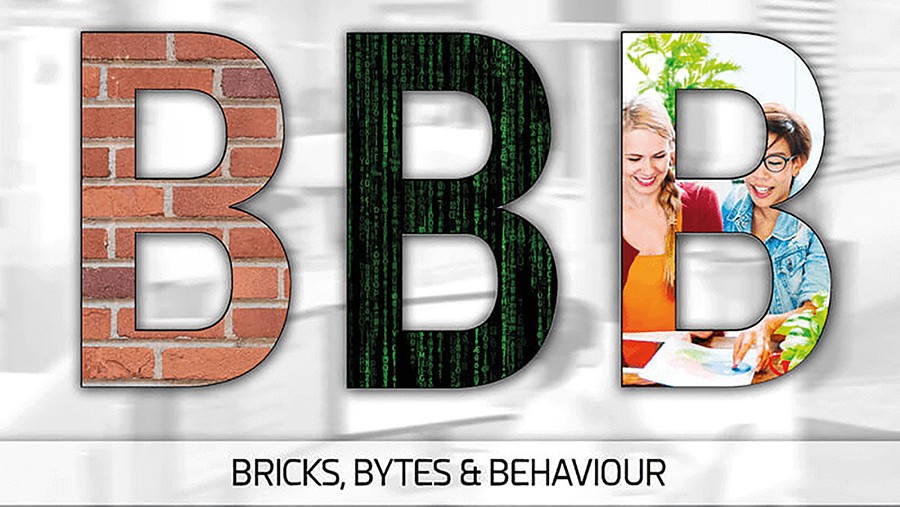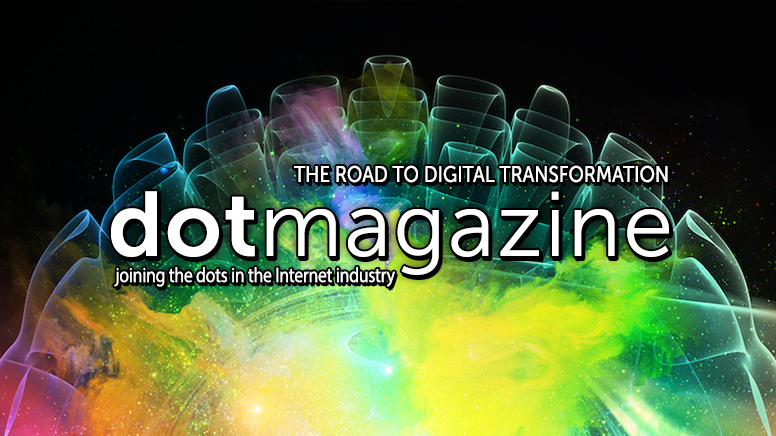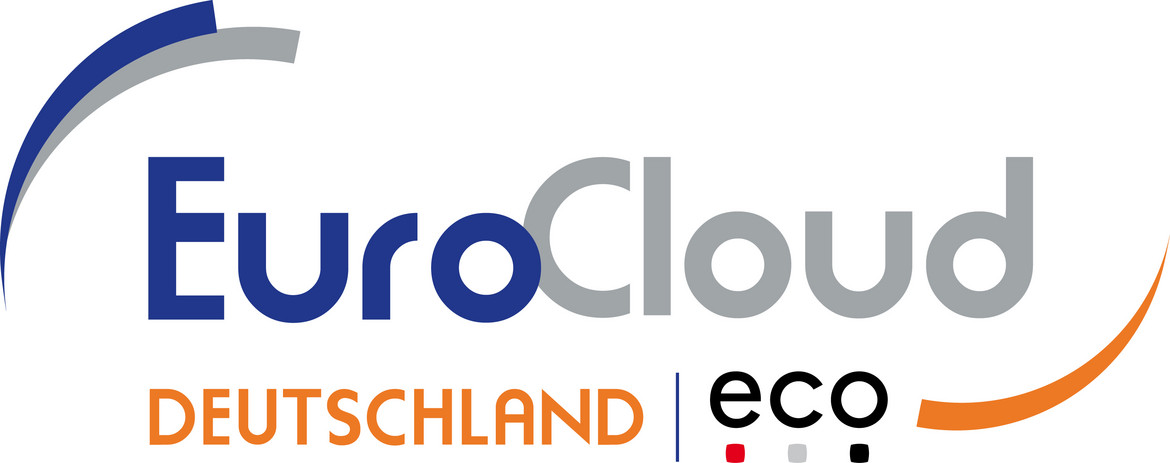The Way Forward: Flexibility and Collaboration as Cornerstones of Digital Business Models
New Work is now an indispensable part of digital business models. Andreas Weiss from eco, on what it takes to convert New Work principles into practice.

© Natali_Mis | istockphoto.com
dotmagazine: Andreas, as Director of Digital Business Models with eco, how do you see digital business models interrelating with New Work?
Andreas Weiss: Let’s look first at digital business models: Here, we’re looking at concepts which are focused largely on the value-ization of the usage of the Internet – how to build platforms and how to monetize services. Here, one of the hottest topics currently, in this era of AI and industrial IoT, is how to monetize data. In considering such digital business models and matters of disruption, we at the eco Association believe there is a pressing need for organizations to reshape themselves to be prepared for the digital age.
And this is where we have the linking point to New Work. Essentially, to succeed in this competitive environment, you need different structures in your company to deliver in terms of speed, quality, being flexible, agile – all of the various buzz words around New Work.
The concept of “New Work” was originally conceived by Frithjof Bergmann, who recognized that there were inexorable changes afoot and that, ultimately, we wouldn’t stick with 9 to 5 jobs. This was a very high level idea, but when we break it down into various aspects, it definitely deals first and foremost with flexibility – that is, with flexible working hours and flexible working spaces, the latter which is otherwise known as mobile working. Here, we’re talking less about the notion of “home office”; it’s more about working from wherever you want and being location-independent.
And this happens of course in conjunction with being flexible in various other areas: in organizational structures; in your thought patterns; in your habits with your colleagues, customers, friends, and family. So this is a very wide range which makes New Work rather complex.
The article, entitled “Bricks, Bytes, & Behavior”, from a previous issue of dotmagazine, nicely captures how people, technology, and space now interact to create a productive workforce. Put simply, New Work is not just a matter of money and investing in designing office space – as every large company is now doing, with their introduction of new hip and fancy working spaces. While this is not unwelcome, it is by no means sufficient. New Work is so much more than just about having a showroom.
dotmagazine: In converting the theory of New Work into practice, what should be particular focal areas for companies?
Weiss: In approaching New Work in all of its complexities, I personally look in the direction of enhancing collaboration. Here, we’re talking about how to deal with interdisciplinary projects, and projects that occur across value chains. What’s at issue here is how to manage knowledge transfer, even without direct personal interaction; how to keep track of all the activities; how to bring teams together, even just temporarily – you just initiate an activity, act on it, and finish it.
Here, the cloud in particular acts as the foundation for collaborative approaches. The first important thing about the cloud is that it is externalized. It is not within the boundaries of an enterprise. It is not hidden internally and it’s designed for collaboration: to bring people together on the same platform and let them work together. And as many of the activities now occurring are cross-enterprise projects, you need such an externalized collaboration environment, which involves file sharing, collaboration tools, meeting tools, web sharing tools, and so on.
The value chains and ecosystems underpinning the new Smart Home, Smart City, and Industrial IoT business models are heavily reliant on the cloud. Until recently, in getting such ecosystems off the ground, we had to deal with data privacy issues, security issues, integration of services, quality of service, etc. But now, although I wouldn’t yet say “mission accomplished”, I can still confirm: “The cloud is here, and here to stay” as already stated back in 2011.
dotmagazine: Clearly, there are massive benefits of the cloud and collaborative technology for New Work. But you’ve mentioned some challenges encountered in the past. What do you see as being the main risks as we head into the future?
Weiss: A typical risk is when you’re dealing with assets which are related to intellectual property, for example. Here, appropriate security and compliance management is necessary. We need to understand that identity management is one of the key factors to maintain security. We’re all familiar with discussions about weak passwords, for example. If, for instance, I look at my desktop, I have 70 to 80 different services with different accounts.
For me, it’s okay if a project partner expresses a preference for a particular meeting tool – there’s a bunch of services out there, and before I try to convince my counterpart to use a specific service that I might prefer, I’m also alright with agreeing to use their service, depending on who drives the project. Ultimately, for me, being “in on the activity” is more relevant.
But what is problematic here is identity management, not just in terms of user convenience, but – more importantly – in terms of security. Because our world is currently changing from using a hardware perimeter to a software perimeter. Of course these services have to be protected, but in collaboration contexts, this means the only relevant identifier is the individual participants’ login IDs, their digital identity. And using that, you can then coordinate which services are visible to the participants, which services are accessible, and what their roles are in each service. This helps a lot in keeping track of the core areas of security and data privacy.
dotmagazine: We’ve talked thus far about the challenges of collaboration tools. Do you see other challenges for companies in adopting New Work practices in general?
Weiss: Essentially, the most challenging part of New Work is cultural change within the organization. This has to take into account a range of different expectations. We know there are people who are very happy with the conventional 9 to 5 approach, but others yearn for flexibility. And then we have a different speed of change when it comes to establishing an agile structure, introducing new tools and so on. Some people are familiar with these tools and are really keen to work with them or learn to use them, and others see these as less relevant to getting the job done. So given these disparities, we need to keep an eye on who is working with whom, in order to deliver the best output.
When it comes to cultural change, you often see two different teams acting on New Work. One is more on the HR side – how to deal with people. And the other is more on the technology side: What kind of environments and services do I need to deliver to get the best out of my workforce? And on top of that comes management. Management have to orchestrate this and make decisions that keep all these activities in sync – and this is a difficult change process.
To be clear: during the entire cycle of my working life, change has always been on the agenda. It’s part of the game. It doesn’t mean that you have to reinvent everything. However, the type of change occurring currently is possibly of a greater magnitude than previous waves of change. And we need to get to grips with how to manage this transformation. To delve deeper into this theme, it’s worth revisiting two earlier articles, “The Digital Transformation Journey” and “EuroCloud Deutschland: The 10 Cloud Commandments for Companies”.
dotmagazine: Do the opportunities of New Work outweigh the challenges associated with the transition to this way of working?
Weiss: Ultimately, from the company level, one of the greatest challenges now centers on attracting the new workforce, and this is where New Work presents itself as a solution. The new Digital Natives have a clear expectation about work-life balance. And if you want to attract them, you need to provide them with appropriate environments and offerings.
You should keep an eye on your staff turnover. If people are leaving the company, then it’s important to question why they are leaving. It could well be that your competitor has a better offer, especially within these parameters. It’s rarely simply about the salary.
So a New Work culture is now the expectation. And those entering the workforce have already learnt this from school, through making use of these tools themselves. So this is already the life that’s out there. You can’t tell digital natives entering the company that they should start working completely differently, according to your rules.
Essentially, from a management point of view, the goal should be to find process improvements, and to achieve transparency about what’s going on in your company. As you’re always going to want to deliver good services to your customers, the question is: What are the linking points with the New Work culture to address these goals? What we see right now is that productivity tools in terms of workplaces, office management, and so forth are getting more and more linked into digital service delivery, which is more process and platform-related.
So, as we’re already seeing from the strategy of the large providers for digital applications, these two approaches are being brought together as the means to drive both the enterprise and the workplace forward. I believe we will soon see a direct linking point between these two concepts in all companies.
Andreas Weiss is Head of Digital Business Models at eco - Association of the Internet Industry. He started there in 1998 with the Competence Group E-Commerce and Logistics, moving afterwards to E-Business. Since 2010, he has been leading the eco Cloud Initiative as Director of EuroCloud Deutschland_eco and is engaged in several projects and initiatives for the use of artificial intelligence, Data Privacy, GDPR conformity, and overall security and compliance of digital services.






